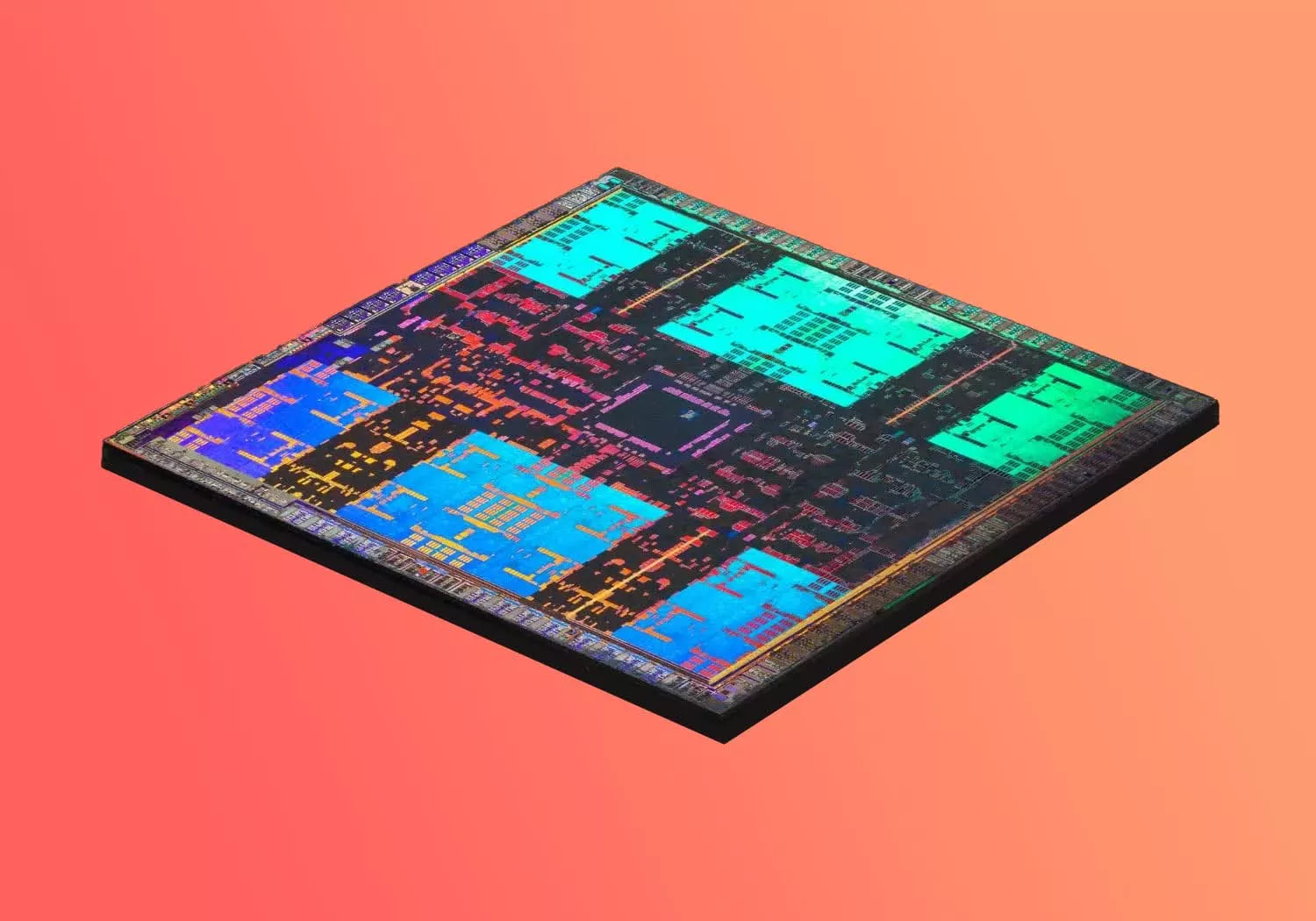The process took so long that by the time they got to the toy convention, they hadn’t had time to paint the Labubus yet. Instead, they decided to accept that the first batch of Labubus would be fully black and paint their eyes and teeth real-time at the convention, a spectacle they hoped might attract attention and sales. Painting the eyes later became a tradition at Lung’s signing events for new Labubu releases.
Hong Kong’s impact on Lung and Lee is still visible in the design of Labubu, says Derek Sulger, the chair of a Hong Kong–based luxury clothing brand and chairman of a contemporary art center in Beijing. A keen observer and practitioner in Asian culture, Sulger sees Labubu as “distinctly Hong Kong slash mainland—meaning an overseas Chinese version—of cuteness,” he says. “I can tell it’s not Japanese and I can tell it’s not Taiwanese.”
But the global success of Labubu shows that this highly specific type of cuteness now appeals to consumers everywhere. What is “Hong Kong cute” can also be an international sensation. “I am a big believer that when things are culturally authentic and culturally relevant, all of these national barriers can very quickly melt away,” Sulger says.
From Indie to Mass Market
Today, China is the undeniable center of toy manufacturing. And Pop Mart, a company founded in 2010, has used it to its full advantage to grow into a $45 billion toy empire. In the corporate biography A Company One of a Kind, Pop Mart’s CEO Wang Ning said that Chinese manufacturing prowess is one of the two historical opportunities that companies like his have benefited from. (The other is the massive size of China’s domestic market.)
What Pop Mart managed to do was to turn the niche industry of designer toys in Hong Kong into a mass-produced cultural product for everyone in the world. The company started collaborating with Kasing Lung exclusively in 2019, and it has since signed many international artists and turned their designs into made-in-China products.
When I look at Pop Mart’s history, I see a parallel with the rise of Chinese hardware tech companies. What used to be counterfeit gadget producers in Shenzhen can now make premium DJI drones that have no rivals in the world; what used to be factories for American and Japanese automakers are now producing their own Chinese-branded electric cars.
Yes, low-cost, counterfeit production is still a large part of the Chinese manufacturing economy, but it’s no longer the full picture. Stories like Labubu’s tell us that Chinese brands are increasingly leading global cultural trends too, despite the myriad of different political tensions and resistance.
This is an edition of Zeyi Yang and Louise Matsakis’ Made in China newsletter. Read previous newsletters here.

 1 week ago
8
1 week ago
8








 English (US) ·
English (US) ·